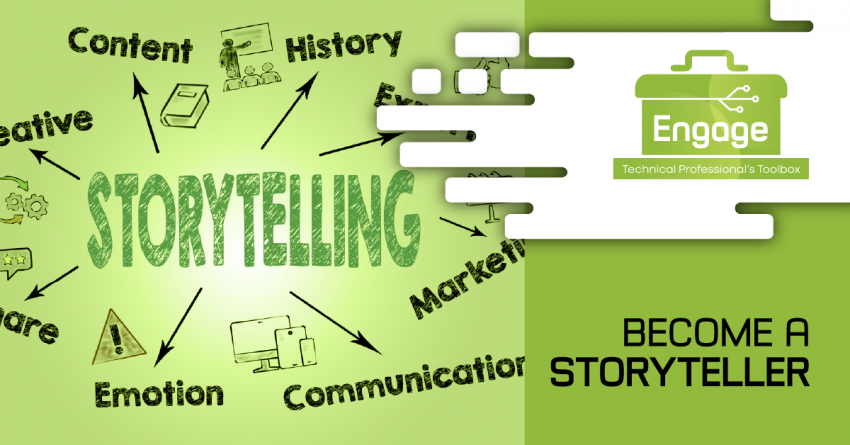Guidance for Technical Professionals
With the right approach and practice, technical professionals are ideal candidates for proposal presenters. The selection committee wants to hear from you, the people working on the project day-to-day. With your confident expertise and knowledge of the project to come, you can deliver a convincing presentation—it’s just a matter of knowing how.
Have a Standard Outline
The bare bones of a presentation involve knowing how long you should cover each base. Although each presentation has different time allotments, here is a basic rule of thumb:
- Introduction: 2 minutes
- Introduce yourself
- Express gratitude for being here
- Invite to listen as you discuss the project and key issues
- Key Issues: 5 minutes
- Keep to one slide
- Identify what is essential to make the project a success
- Team: 5 minutes
- Who is on the team and why they were selected for the project
- How the team will work with the client and address the key issues
- Experience: 5 minutes
- Choose the most relevant projects with the best pictures
- Keep pointed and brief
- Be aware that sometimes the selection committee is different than those who read the proposals and short-listed you, so be sure this panel knows your expertise during this time
- Project Approach: 25 minutes
- Incorporate key issues—site photos, renderings, masterplan issues, etc.
- What will you do for the client?
- Why are you different from the competition?
- Why Choose Us? 2 minutes
- A strategic conclusion driving home how you are unique, ideal for this project, and should be selected
Gain Confidence
In some ways, this formula makes the process look easy, but delivery and method are crucial. Your first check box should be confidence, and that means ease. You should feel relaxed and yourself in front of the committee while still being collected and professional. This comes with practice. Present as often as you can—internally to your peers, at home with your family, or with a Toastmasters group. These practice sessions should come with lower stakes but maintain a critical eye so that a selection committee will not be daunting when the time comes.
Tell a Story
Everyone loves to hear a story, especially if it involves them or their project or their site or how you will solve their problem. The age-old art of storytelling captures people’s attention, and the selection committee will remember more of what you have told them if it is fashioned into a story. To leave a strong impression and create a memory, learn how to tell the story of this project and how you will make it successful.
Practice Makes Perfect
Rehearse with the equipment and aids you will have on the day of the presentation, if possible. Finalize your presentation early so you can practice and get comfortable with each slide and make edits as necessary before the official presentation. Rehearse being friendly with your body language. You should make eye contact with your audience without fidgeting or paralysis. The more practiced you are with the content of your presentation, the less likely you are to use filler words such as “um” or “like.”
Lastly, remember that the committee is made up of people. They are searching for the best team for a project they’re passionate about—you are passionate about that project too. You have a leg up in that you both have something in common, and nothing makes social situations easier. Be comfortable, and they will relax as well. If you make a mistake, don’t tighten up! Laugh, correct yourself, and proceed with confidence. YOU are who they’re looking for. Act like it!
<<< Last Month's ENGAGE <<<


